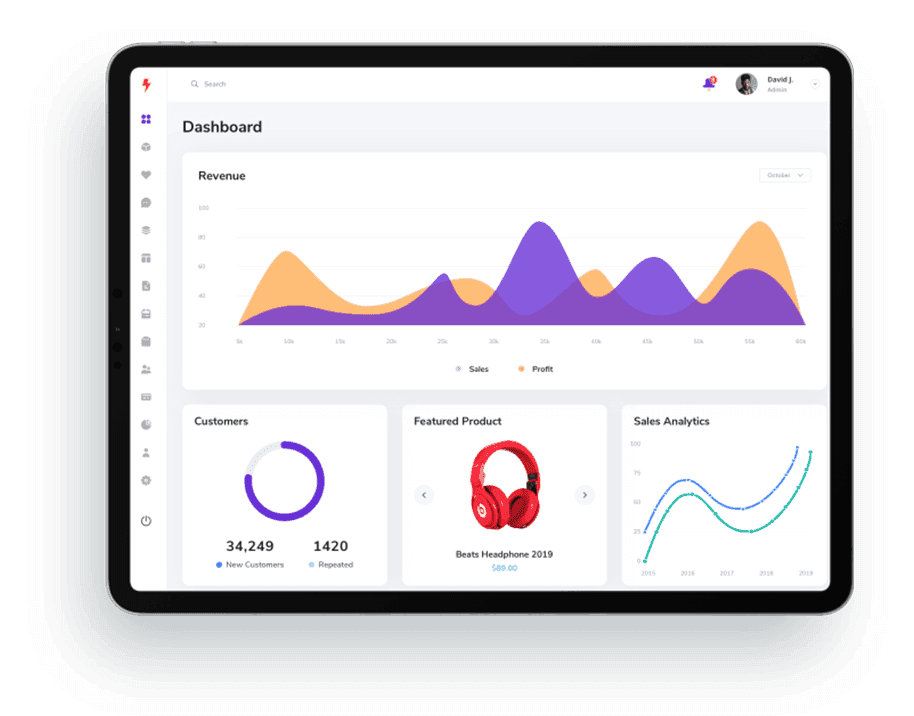Protect your Business: Cybersecurity Awareness Month
October is recognized as Cybersecurity Awareness Month, a global campaign designed to promote safer online practices and protect businesses from cyber threats. In today's hyper-connected world, cybersecurity has evolved beyond the IT department to become a crucial business responsibility for enterprises of all sizes. Recognizing possible threats and implementing effective security measures are critical steps toward preserving growth and avoiding costly disruptions.
This blog covers practical techniques for protecting your organization from dangers such as data breaches, ransomware, and phishing assaults. It also emphasizes proactive steps like adopting multi-factor authentication, conducting frequent security audits, and keeping up-to-date software policies to boost your organization's cyber defenses.
Why should cybersecurity awareness be a top priority in 2025?
As technology advances, hackers become more sophisticated, targeting vulnerabilities in networks, applications, and even human behavior. From phishing schemes and ransomware to supply chain assaults and data breaches, a lack of cybersecurity preparedness can have serious consequences. Beyond financial losses, organizations risk legal ramifications and long-term reputational damage.
Cybersecurity Awareness Month is a crucial time for businesses to examine their digital defenses and ensure that security measures stay up with new threats. The goal is to create a resilient digital environment capable of detecting, withstanding, and quickly recovering from cyberattacks, rather than simply protecting data.
Key strategies for improving your business security
To effectively defend against modern cyber threats, firms must adopt a proactive approach that includes robust technology, ongoing personnel training, and solid governance regulations. The following are key strategies to implement during Cybersecurity Awareness Month and throughout the year:
Passwords are no longer enough to secure critical data. MFA provides an additional layer of security by requiring users to verify their identity with additional factors such as SMS codes, authentication apps, or biometrics. Even if passwords are compromised, multifactor authentication dramatically minimizes the danger of unwanted access.
Routine security audits help to identify vulnerabilities before they may be exploited. Check your network setups, user permissions, and data protection rules for conformity with current standards. Working with cybersecurity experts on penetration testing or risk assessments can provide useful, in-depth insights into your organization's security posture.
Cybercriminals routinely exploit out-of-date systems with known flaws. Create a consistent update and patch management schedule to keep all software, apps, and operating systems current. To maintain robust defenses, automate updates and conduct antivirus scans on a regular schedule.
Human error remains one of the leading causes of cyber accidents. To increase vigilance, train personnel on cybersecurity best practices on a regular basis, simulate phishing attacks, and offer real-life instances. An informed staff is your primary line of defense against social engineering and internal threats.
Reliable data backups are critical for recovering from cyberattacks and system failures. Maintain safe backups on-site and in the cloud, and test them on a regular basis to verify the restoration processes function properly. This preventive technique helps to reduce downtime and data loss.
Even the most secure systems can be compromised. A well-defined incident response strategy allows your team to respond swiftly, contain threats, and restore operations efficiently. Clearly define roles, duties, communication channels, and recovery measures to provide a coordinated response during security situations.
Business security risks in the evolving digital era
Understanding the most common threats is the first step toward prevention. Key risks facing businesses today include:
Conclusion:
Cybersecurity Awareness Month is more than an annual initiative—it’s a call to action for every organization. No matter the size or industry, businesses must safeguard their data and uphold customer trust. By integrating advanced technology, continuous training, and a proactive security culture, your organization can confidently navigate today’s digital challenges.
Now is the ideal time to reassess your cybersecurity policies, empower your team through education, and strengthen your defenses. With Tomsher Technologies as your trusted partner, a vigilant, security-conscious workforce remains your most powerful line of protection.
By Digital Team. Updated on 31-10-2025
cybersecurity awareness month cybersecurity awareness 2025 protect your business online data protection tips cyber safety for businesses online security awareness
02-08-2025
Bulk Email: How Email Helps Ensure Delivery?
05-05-2025






